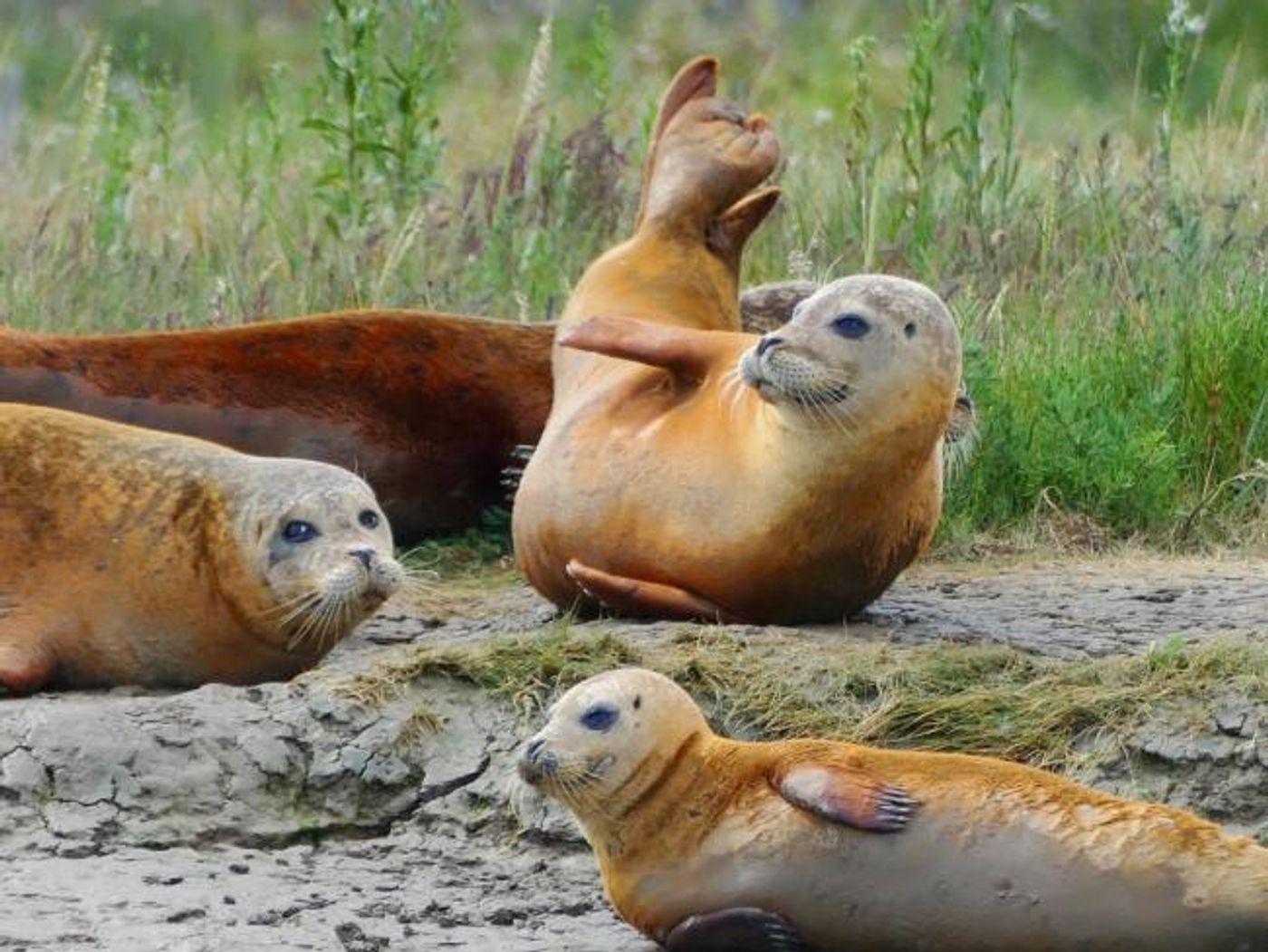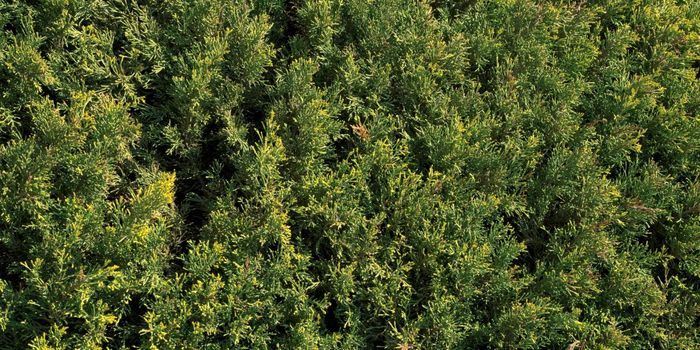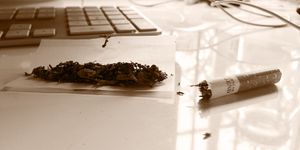Here's Why These Essex-Based Seals Are Orange
From time to time, wild animals can turn abnormal colors. Albinism or leucism are leading causes of this phenomenon, but in other cases, the animals' living conditions can cause non-natural pigment colorization.
Seals, for example, are typically gray, but a particular group of the creatures located at the Hamford Water Estuary in Essex appears to be taking on an orange hue instead.
Image Credit: Essex Wildlife Trust
Locals have become quite fond of the seals' unique color, but despite what looks like a fake tan, it’s far from it.
In fact, similarly to the South Carolina-based alligator that turned orange earlier this year, the Essex Wildlife Trust says that these seals turned this color because of the iron oxide particles residing in the mud they slide around on. In other words, it's caused by rust.
The briny environment they live in oxidizes iron particles in the ground rather quickly, so it's an entirely natural effect.
“They get a curious lining of orangey red color because they lie in salt environments,” explained Mark Iley of the Essex Wildlife Trust.
“Their hair becomes died, a bit like Henna, it takes on oxidation from the mud. It's unique to Essex and southeast England where there are salt water marshes.”
The creatures frequently hop out of the water and shimmy their way up onto higher parts of the dry land. As they do so, their fur and skin become infused and stained by the iron oxide in the mud.
Although having rust particles all over their bodies might seem a bit concerning at first, the Essex Wildlife Trust confirmed that the iron oxide doesn’t have any adverse health effects on the seals. When the creatures inevitably molt in the future, they’ll shed their fur along with the iron oxide stains.
Source: BBC, SWNS









